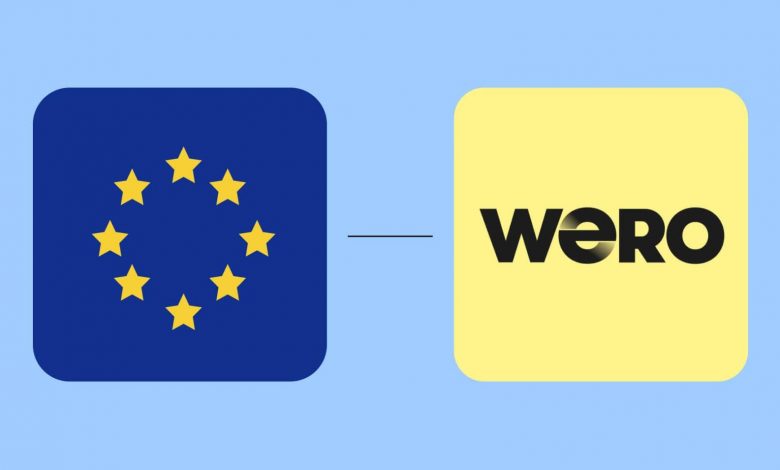A Guide to Cross-Border Payments

A Guide to Cross-Border Payments: Everything You Need to Know
Understanding Cross-Border Payments
Are you a business owner venturing into international trade? Or an individual sending money to loved ones overseas? Whatever the case may be, understanding cross-border payments is essential for smooth and successful transactions. In this comprehensive guide, we break down everything you need to know about cross-border payments.
What are Cross-Border Payments?
Cross-border payments refer to financial transactions that occur between individuals or businesses situated in different countries. These transactions involve the transfer of money across international borders for various purposes such as buying goods and services, repatriating earnings, or sending money to family and friends.
The Challenges of Cross-Border Payments
Navigating cross-border payments can be complex due to various factors:
- Varying currencies and exchange rates.
- Different regulatory frameworks and compliance requirements.
- Increased risk of fraud and security breaches.
- Long processing times and high transaction fees.
Popular Cross-Border Payment Methods
Bank Transfers
One of the most popular methods for cross-border payments is traditional bank transfers. This method involves moving funds between bank accounts, either domestically or internationally, by providing the recipient’s bank details. However, it can be slow, costly, and subject to currency exchange fees.
Online Payment Platforms
Online payment platforms like PayPal, TransferWise, and Stripe provide convenient and efficient solutions for cross-border transactions. These platforms offer the flexibility of sending and receiving payments in different currencies, often at more competitive rates than traditional banks.
Cryptocurrencies
With the rise of cryptocurrencies like Bitcoin and Ethereum, cross-border payments have become more accessible and cost-effective than ever. These digital currencies allow peer-to-peer transactions without the need for intermediaries, reducing fees and processing times while maintaining transparency.
Frequently Asked Questions (FAQs)
1. What fees are involved in cross-border payments?
The fees associated with cross-border payments can vary depending on the payment method and service provider. Traditional banks often charge high fees, including currency conversion fees. Online payment platforms and cryptocurrencies generally offer more competitive rates, but it’s essential to check the specific fees and exchange rates before making a transaction.
2. How long does it take for cross-border payments to be processed?
The processing time for cross-border payments can range from a few minutes to several business days. Factors such as the payment method, country regulations, and the individual service provider’s processing times can affect the duration. Cryptocurrency transactions are typically faster, while bank transfers may take longer due to intermediary banks and cross-border protocols.
3. Are cross-border payments secure?
Ensuring the security of cross-border payments is crucial, considering the potential risks associated with international transactions. Established online payment platforms and reputable cryptocurrencies implement robust security measures to protect user data and prevent fraudulent activities. However, it’s essential to adopt best practices when handling sensitive information and choose trusted service providers.
In Conclusion
With globalization on the rise, cross-border payments play an integral role in facilitating international trade and personal transfers. By understanding the challenges, available payment methods, and frequently asked questions surrounding cross-border payments, you can make informed decisions and ensure smooth transactions. Remember to research and compare different payment options to find the most cost-effective and secure solution for your specific needs.
Now that you have a comprehensive guide to cross-border payments, you can navigate international transactions with confidence and ease. Happy transferring!



